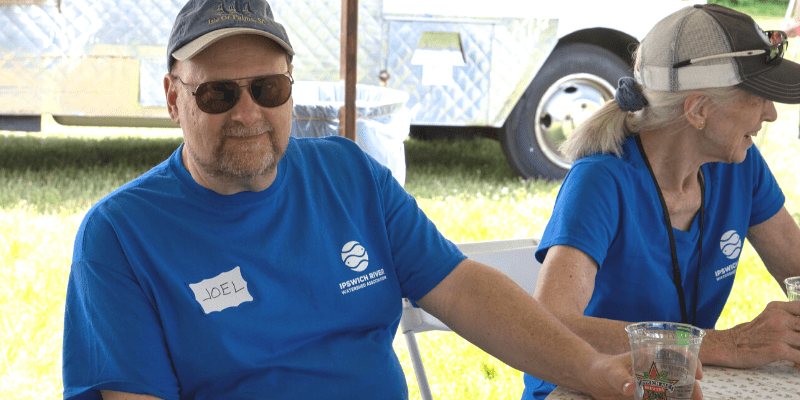
Joel Hariton (above left) shares his challenge for Paddle-a-thon 2020; walking for the herring that he hopes will one day run past his home in Topsfield.
Delighted to learn that in a few years herring will be once again running up the Ipswich River and past my home on Howlett Brook, I will be walking that approximate route as a fundraising effort for the Ipswich River Watershed Association’s Paddle-a-Thon 2020 annual event. Since a number of obstacles will be mitigated soon, these herring will be able to return to Hood Pond on the Topsfield-Ipswich border after a few years at sea.
The state of Massachusetts, in co-ordination with the Ipswich River Watershed Association, will be introducing herring to Hood Pond. New fish ladders and possible dam removal will not only make it possible for them to make it to the Atlantic Ocean, but to return to Hood Pond when they are mature, and ready to spawn.
How do herring find their way to a specific pond via a specific river and specific streams after years out in the ocean? I thought the herring might have a superb memory. It is a fact that no herring has ever misplaced its car keys. But an expert at Ipswich River Watershed Association told me there is another technique in use.
For centuries, the herring made this “run” finding their way to Hood Pond by the unique chemical signature of that water (smell and taste). The fish follow this chemical signature flowing out of Hood Pond, down Pye Brook, Howlett Brook and the Ipswich River into the ocean. Imagine being able to pick up that scent diluted in the ocean! They never make a wrong turn because they follow their nose right to the source as the water that excites them gets more and more concentrated. So, a GPS was never needed.
Perhaps a million of herring returned each year, after surviving years at sea avoiding schools of larger fish and mammals that roamed offshore. In the 1600s, however, mill dams were built in downtown Ipswich, at the Willowdale site in Bradley Palmer Park, and near the mouth of Howlett Brook, near my home.
In the next year or two, new fish ladders will be installed at the Willowdale site near Foote Brothers, and by the dam on Howlett Brook. The dam in downtown Ipswich, which currently has a functioning fish ladder, may also be removed entirely. A swimmable path for fish will be the result.
So, this year, since the herring cannot yet run, I will walk.
Following the path of the Ipswich River upstream from its mouth by Pavilion Beach in Ipswich, my route will proceed on public roads approximating the river’s path as much as possible. I have plotted a course in three sections, as noted below with links to Google Maps. Most of the time I will be walking along roads, but for part of day 2, I look forward to following the beautiful river trail that goes from the Willowdale dam to Asbury Road through Bradley Palmer State Park, instead of walking on the high-speed Topsfield Road and Ipswich Road.
Thank you.
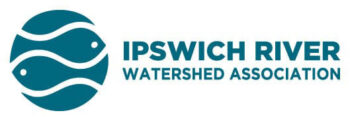
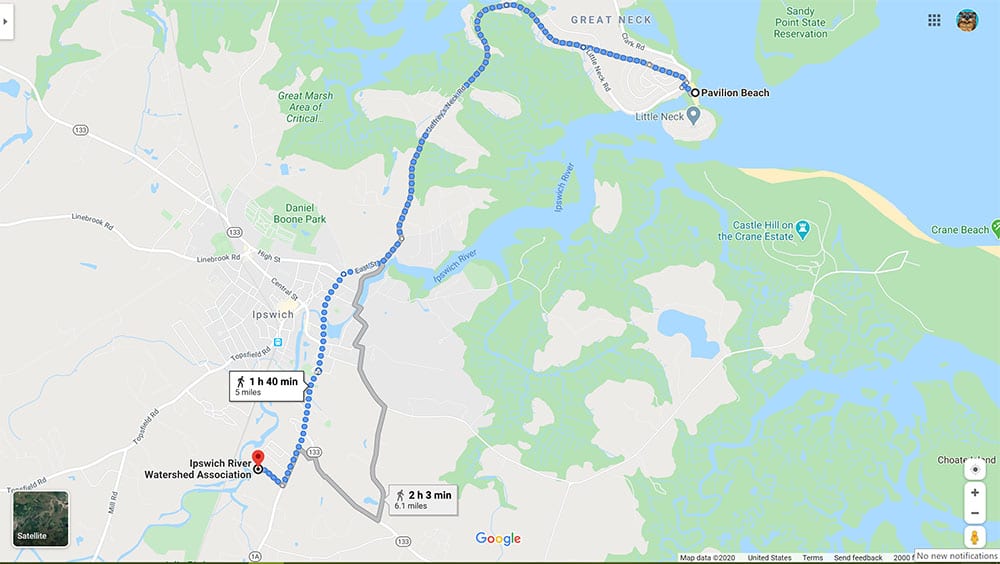
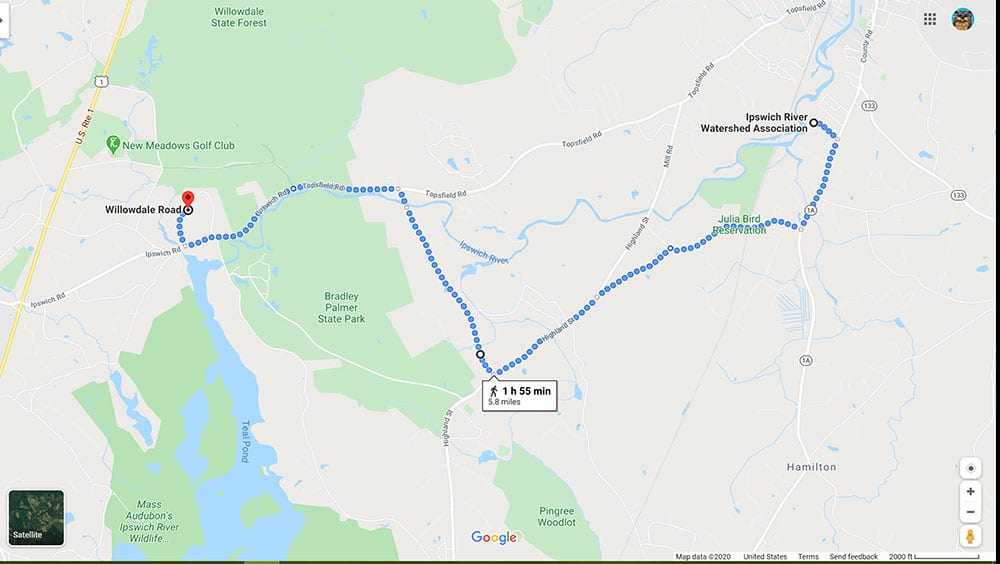
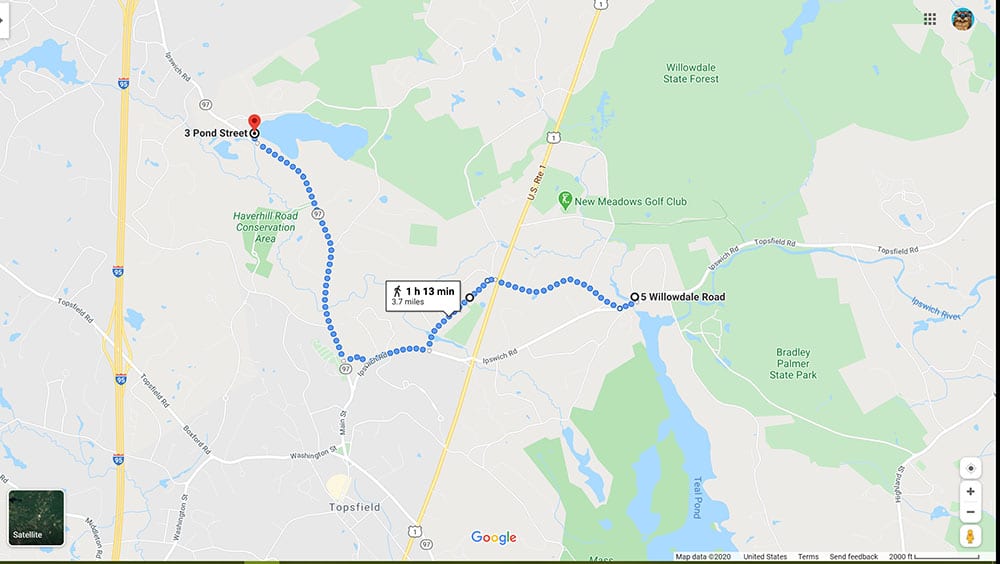
I’d love to walk w/ you along the Riverwalk in Ipswich! I live at the Green St. bridge (not under it! Ha, ha, ha!)
Sounds like a worth while cause and anything you would do, would be. Count on us for a donation and have fun!
Just got invited to kayak a bit for this fun event and loved finding out about the herring at hood pond Joel and possible fish ladder at end of our street! Great idea to walk the herring route. Your neighbor Sheila.
Thanks for the update – fun to watch!